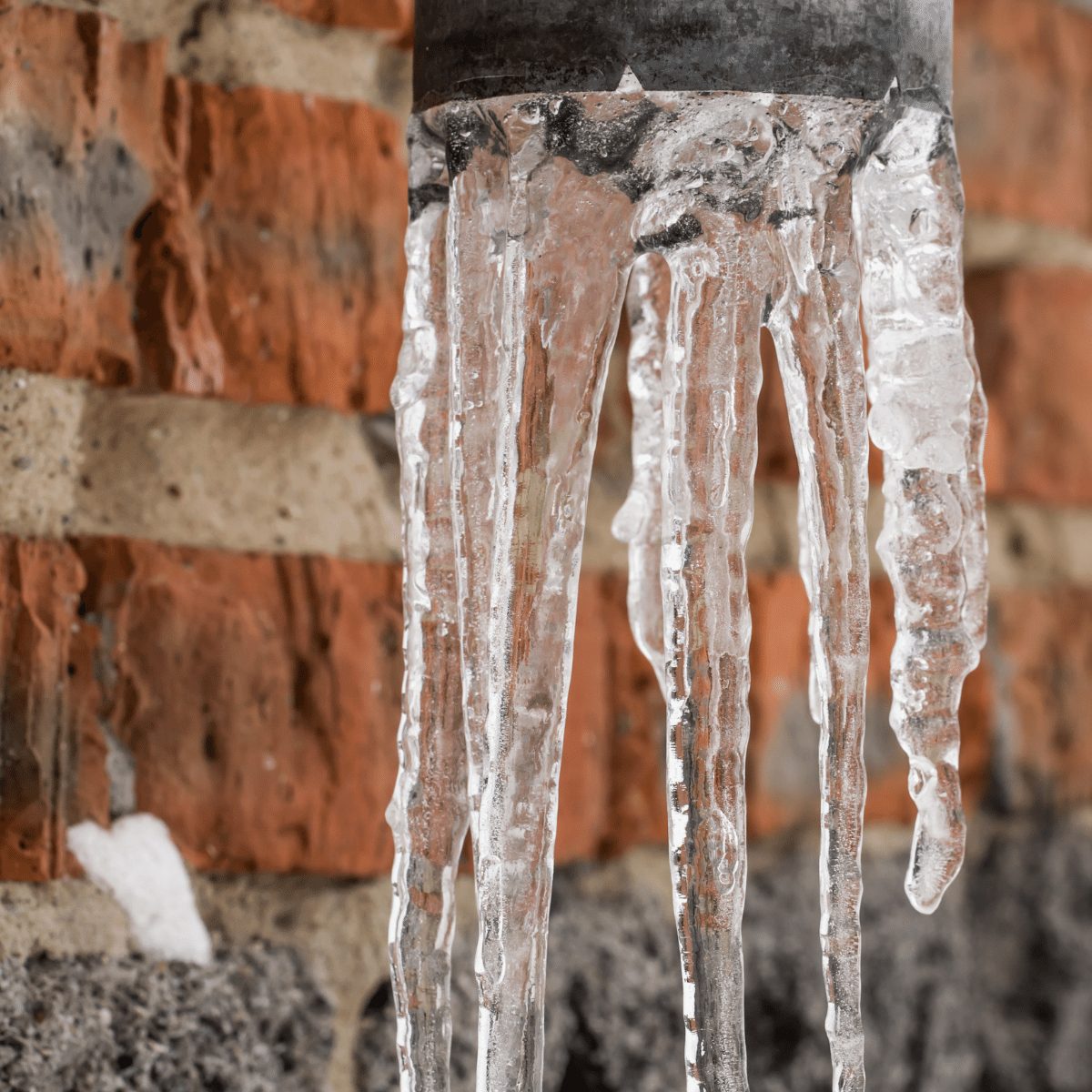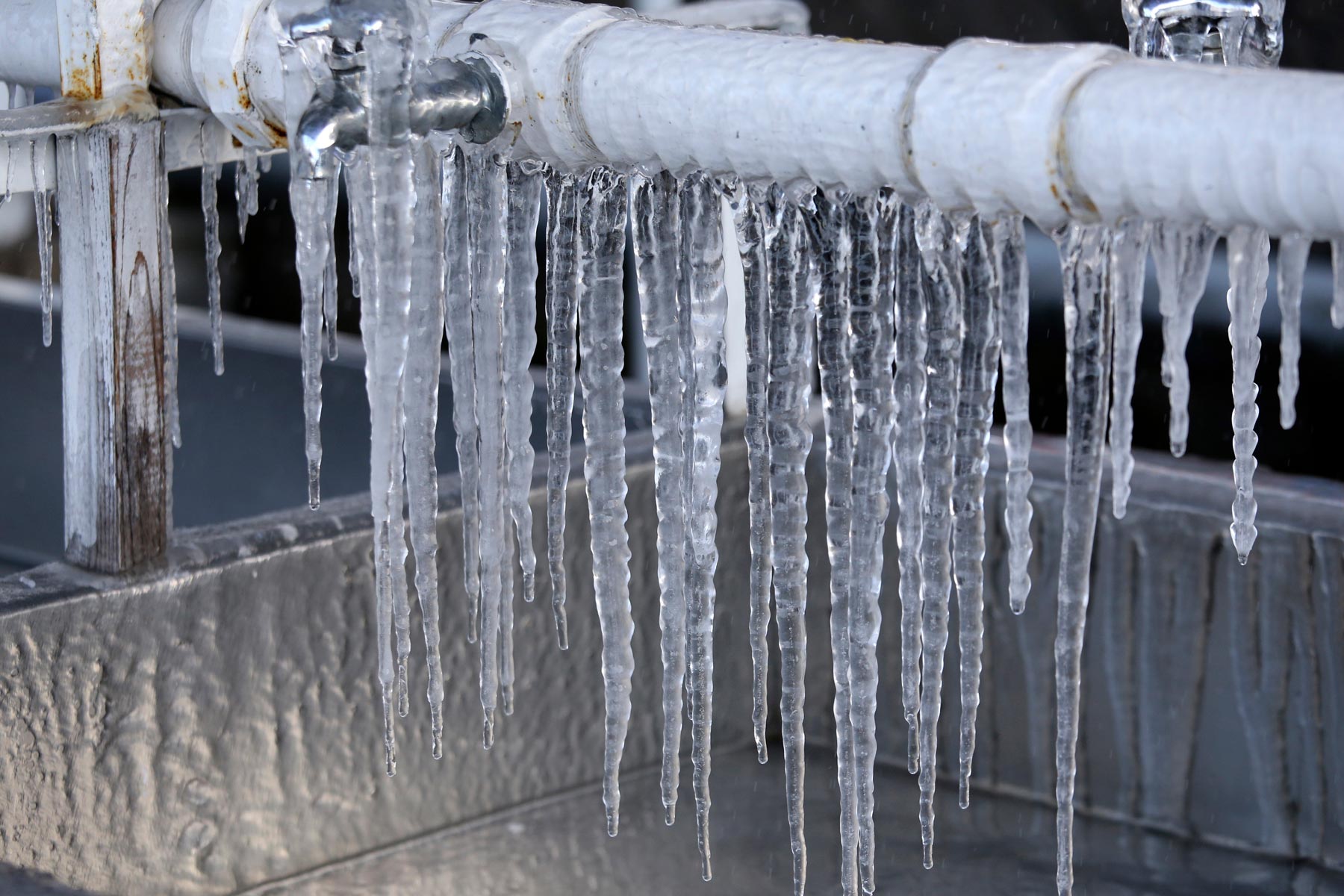Protecting Against Frozen Pipes in Cold Weather: Professional Strategies
Protecting Against Frozen Pipes in Cold Weather: Professional Strategies
Blog Article
Just how do you actually feel in relation to How to Prevent Your Pipes From Freezing?

Winter can ruin your pipes, specifically by freezing pipelines. Right here's how to prevent it from taking place and what to do if it does.
Intro
As temperatures decline, the danger of frozen pipelines rises, possibly causing expensive repair work and water damages. Comprehending how to avoid icy pipes is crucial for home owners in cold environments.
Comprehending Icy Pipes
What triggers pipelines to ice up?
Pipes ice up when revealed to temperatures below 32 ° F (0 ° C) for expanded durations. As water inside the pipelines ices up, it expands, putting pressure on the pipe walls and potentially triggering them to rupture.
Threats and problems
Frozen pipelines can result in water system disturbances, property damages, and costly fixings. Burst pipelines can flood homes and cause substantial structural damages.
Indicators of Frozen Pipeline
Recognizing frozen pipes early can prevent them from bursting.
How to determine frozen pipelines
Look for decreased water circulation from taps, unusual smells or noises from pipelines, and visible frost on revealed pipes.
Avoidance Tips
Insulating at risk pipes
Wrap pipes in insulation sleeves or make use of heat tape to secure them from freezing temperatures. Focus on pipes in unheated or outside locations of the home.
Home heating techniques
Keep interior spaces adequately heated up, particularly locations with pipes. Open cupboard doors to enable warm air to circulate around pipes under sinks.
Protecting Exterior Pipes
Garden hose pipes and outdoor taps
Disconnect and drain pipes yard hose pipes prior to winter. Set up frost-proof spigots or cover exterior faucets with protected caps.
What to Do If Your Pipelines Freeze
Immediate activities to take
If you believe icy pipes, maintain taps open up to eliminate stress as the ice melts. Utilize a hairdryer or towels taken in hot water to thaw pipes gradually.
Long-Term Solutions
Architectural adjustments
Think about rerouting pipelines far from outside walls or unheated locations. Include added insulation to attic rooms, cellars, and crawl spaces.
Updating insulation
Purchase high-quality insulation for pipelines, attic rooms, and wall surfaces. Appropriate insulation helps keep regular temperature levels and decreases the risk of icy pipes.
Conclusion
Avoiding frozen pipelines needs proactive actions and fast actions. By comprehending the reasons, signs, and safety nets, property owners can shield their plumbing throughout winter.
5 Ways to Prevent Frozen Pipes
Drain Outdoor Faucets and Disconnect Hoses
First, close the shut-off valve that controls the flow of water in the pipe to your outdoor faucet. Then, head outside to disconnect and drain your hose and open the outdoor faucet to allow the water to completely drain out of the line. Turn off the faucet when done. Finally, head back to the shut-off valve and drain the remaining water inside the pipe into a bucket or container. Additionally, if you have a home irrigation system, you should consider hiring an expert to clear the system of water each year.
Insulate Pipes
One of the best and most cost-effective methods for preventing frozen water pipes is to wrap your pipes with insulation. This is especially important for areas in your home that aren’t exposed to heat, such as an attic. We suggest using foam sleeves, which can typically be found at your local hardware store.
Keep Heat Running at 65
Your pipes are located inside your walls, and the temperature there is much colder than the rest of the house. To prevent your pipes from freezing, The Insurance Information Institute suggests that you keep your home heated to at least 65 degrees, even when traveling. You may want to invest in smart devices that can keep an eye on the temperature in your home while you’re away.
Leave Water Dripping
Moving water — even a small trickle — can prevent ice from forming inside your pipes. When freezing temps are imminent, start a drip of water from all faucets that serve exposed pipes. Leaving a few faucets running will also help relieve pressure inside the pipes and help prevent a rupture if the water inside freezes.
Open Cupboard Doors
Warm your kitchen and bathroom pipes by opening cupboards and vanities. You should also leave your interior doors ajar to help warm air circulate evenly throughout your home.

Hopefully you enjoyed our topic on Winter Plumbing Precautions: Preventing Frozen Pipes. Thanks for taking a few minutes to browse our content. Appreciated our piece? Please quickly share it. Let other people discover it. Thank you for your time spent reading it.
Visit Our Site Report this page